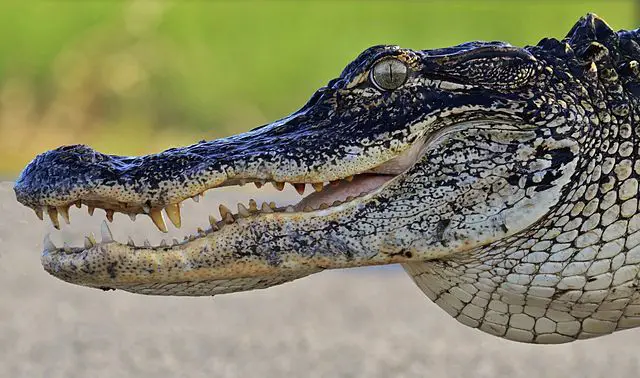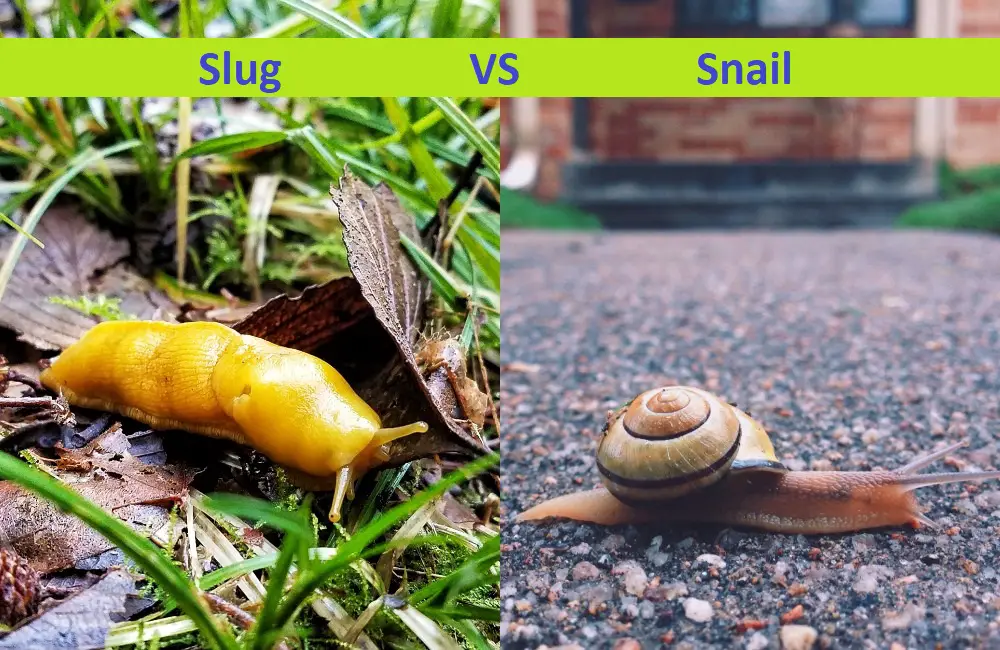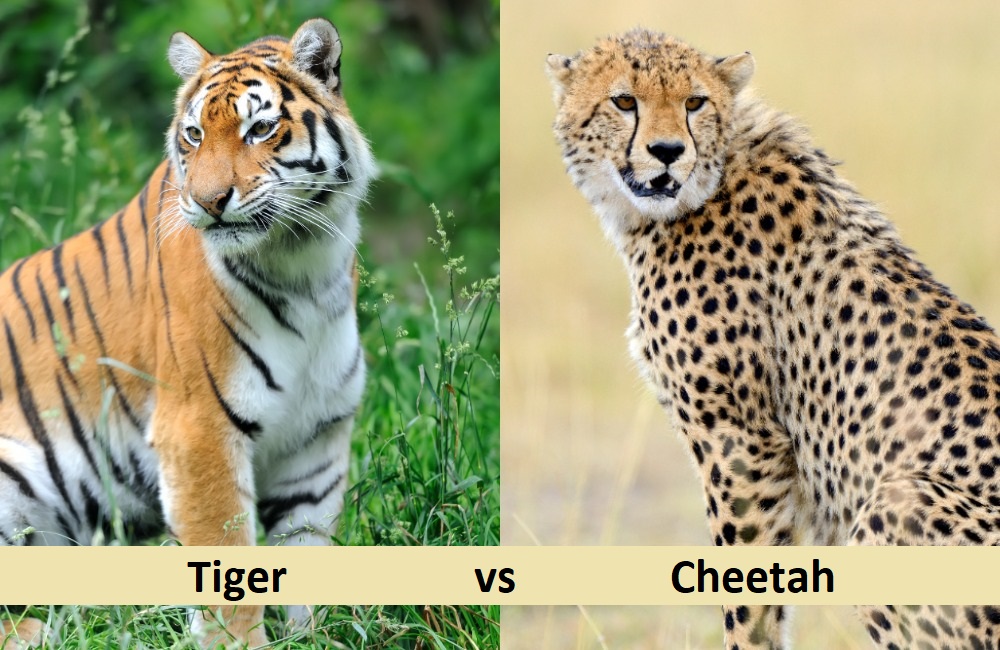3 Key Differences Between Squid and Octopus
Did you know that the part of the ocean where squids and octopuses can be spotted loitering is referred to as the ‘twilight zone?’ Interesting, because this is the zone between 600 and 3000ft below the surface of the ocean where a very little portion of light manages to reach.
Although both squids and octopuses belong to the same class of organisms, namely Cephalopoda, there are notable differences between the two aquatic animals of numerous fascinating sorts!
This squid vs octopus guide aims to outline the parameters that will help shed light on their differences. If you plunge further into this article, you will find yourself uncovering some engrossing distinctions between these two majestic sea creatures!
What Is a Squid?

A squid is a marine creature belonging to the Cephalopoda class and Teuthida order. They have a skeletal structure with a long bone in the middle, which gives them stiffness.
There are eight arms on their back and two additional long tentacles in the front. The eight arms they have in the rear have suckers all over them, whereas the two long tentacles only have suckers at the tip. A typical squid is usually 60 centimeters to 20 meters long in size.
Squids usually dwell in the open ocean. They do not take shelter inside crevices. Shrimps or prawns and small fishes swimming around in the open ocean are their primary meals. They catch their prey, making use of their two long tentacles with the suckers at the tip.
As preventive measures to protect themselves from predators, squids eject ink into the water and escape. Although squids usually mate in large groups, they are also capable of living an isolated life. While mating, squids attach their eggs to floating seaweeds or to the seabed.
An interesting fact about squids is the existence of a specific breed, called the Humboldt squid, that can change its color to blood red! They do this as a defense tactic to turn invisible to predators since red light cannot travel far underwater because of its short wavelength.
What Is an Octopus?

An octopus, similar to a squid, also belongs to the Cephalopoda class of marine mollusks. However, unlike a squid, an octopus is of the Octopoda order. Octopuses are flexible marine creatures who can pass through narrow openings and gaps because of their boneless structure.
Except for the bones inside their skull, the rest of their bodies do not have any bonelike material at all. Octopuses have eight arms in total, all of which spike out from their heads in a spiral fashion. A typical octopus’s size can range between 1 centimeter and 9 meters.
Octopuses prefer living nearer to the ocean bed inside dark gaps and cave-like structures. For their prey, they have their eyes on big fishes like crabs and lobsters. Octopuses catch their prey using their arms, and once they have their grip on them, a paralyzing venom is inserted into the prey, making them incapable of moving.
Lastly, octopuses dissolve the bones and flesh of the prey using their saliva. When faced with adverse situations, octopuses resort to changing their color to throw the predators off their scent, and octopuses can also slide through gaps for escaping in tight situations.
Octopuses mostly dwell in solitary, with the exception of the mating periods. During the mating procedure, male octopuses employ a special arm, called the ‘hectocotylus’, to impregnate the female octopuses, who then lay eggs in their dens for hatching.
As far as octopuses are concerned, a fascinating phenomenon can be observed amongst the breed ‘Vampire Squid from Hell.’ The irony of this nickname is multifaceted.
Firstly, even though it is called the Vampire Squid, it is basically an octopus. Moreover, the heroic nickname does not do justice to its cowardly nature of biting off one of its own bioluminescent arms as means of distracting potential threats by throwing them off using the detached arm that sails away.
Squid vs. Octopus: A Brief Overview

To present you with a clearer picture of the differences between squid and octopus, a few categories have been laid out for you below!
Anatomy
The most obvious differences between squid and octopuses are revealed through their anatomy. If we start inspecting their guises, the first prominent distinction to be noticed is the shape of their heads. Squids have a triangular head as opposed to the round structured heads of octopuses.
Moving on to further dissimilarities in their semblances, squids have eight arms on the back accompanied by two more long tentacles in the front, whereas octopuses have only eight arms sticking out from their head in a circular manner.
The terms tentacles and arms have been distinguished carefully because tentacles only have suckers at their tips; arms, on the contrary, have suckers adorned all over them.
Skeletal Structure
Another major difference between squid and octopuses lies within their shell structures. Squids have a pen-like structure due to the long backbone incorporated into them for greater stability and ease of swimming.
Octopuses, on the other hand, lack a skeletal structure and hence, are flexible. They can squirm their way through narrow spaces effortlessly.
Moreover, squids have two fins on the top of their heads in contrast to octopuses, who usually have no fins at all, with a few exceptional breeds.
Lifespan
Squids and octopuses differ in terms of their average lifespans as well. While a squid can ideally live for upto 9 months to 5 years, an octopus’s average lifetime ranges between 1 year to 3 years.
Apart from these distinctive qualities, squids and octopuses differ in other aspects too! These dissimilarities have been laid out in a tabular format below for an even better understanding.
Recommended for You:
Comparison Table Between Squid and Octopus
| Parameter of comparison | Squid | Octopus |
| Habitat | Open ocean | Seabed, usually inside dark apertures |
| Size | 60 centimeters to nearly 20 meters long | 1 centimeter to 9 meters long |
| Eating habits | Shrimps and small fishes | Large fishes like crabs and lobsters |
| How they eat? | Catches prey using two long tentacles and eats in big portions | Catches prey using arms, releases venom to paralyze the preys, and then crushes the bodies of the preys in their mouth, dissolving them using saliva |
| Defense mechanisms | Ejects clouds of ink into the water | Changes color to hide can also squeeze through narrow gaps for escaping |
| Social structures | Can live alone or in groups | Lives in solitary, except during mating periods |
| Class order | Teuthida | Octopoda |
| Superorder | Decapodiformes | Octopodiformes |
| Mating habits | Mates in large groups and attaches their egg capsules to the seabed or to seaweed | Male octopuses use a special arm called a “hectocotylus” to fertilize the female, who then lays a string of eggs in her den |
Conclusion
The vast ocean is home to a multitude of captivating creatures, including the squid and the octopus. Each of these creatures has countless mentionable attributes and eccentric habits that can only be witnessed in person for grasping the real scopes of their wonders!
In this squid vs octopus article, we have tried our utmost to bring forth some of the most remarkable squid and octopus differences. To sum it all up, we think we all can agree that irrespective of a myriad of differences between them, they surely have their magnificence and splendor in common!





